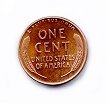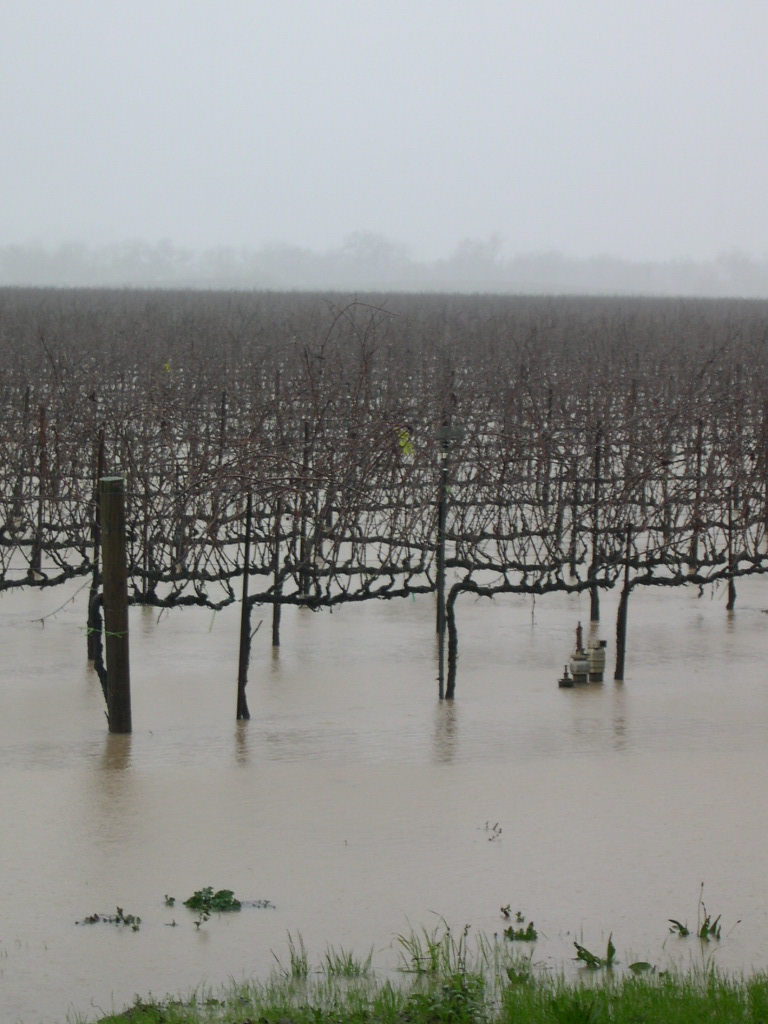La Togata: Beware!

Ok...here's a candidate for worst Brett fouling ever.
Another entry from Italy, La Togata, Rosso di Montalcino 2001.
Crafted from 'select Sangiovese grapes' and allowed to ferment for 25 days (extended maceration is what I think they're implying), then the finished wine is matured in French & Slovenian oak barrels.
Too bad all you get from the glass is white paste, and some funky medicinal phenolic notes...seems like they wasted all that effort to make a wine that nobody but someone truly Brett-dumb could possibly enjoy (though it might appeal to those kids who used to eat paste in the 1st thru 3rd grades...).
No carbonation in the bottle, so my guess would be that the entire blend is faulty as it doesn't appear that there was a spurious secondary fermentaion in the bottle (so just bottle to bottle variation most likely isn't the case - though it has been in the bottle now for 3 years, and it might have slowly released any CO2 that was generated by the Brett).
Buyer beware...

















